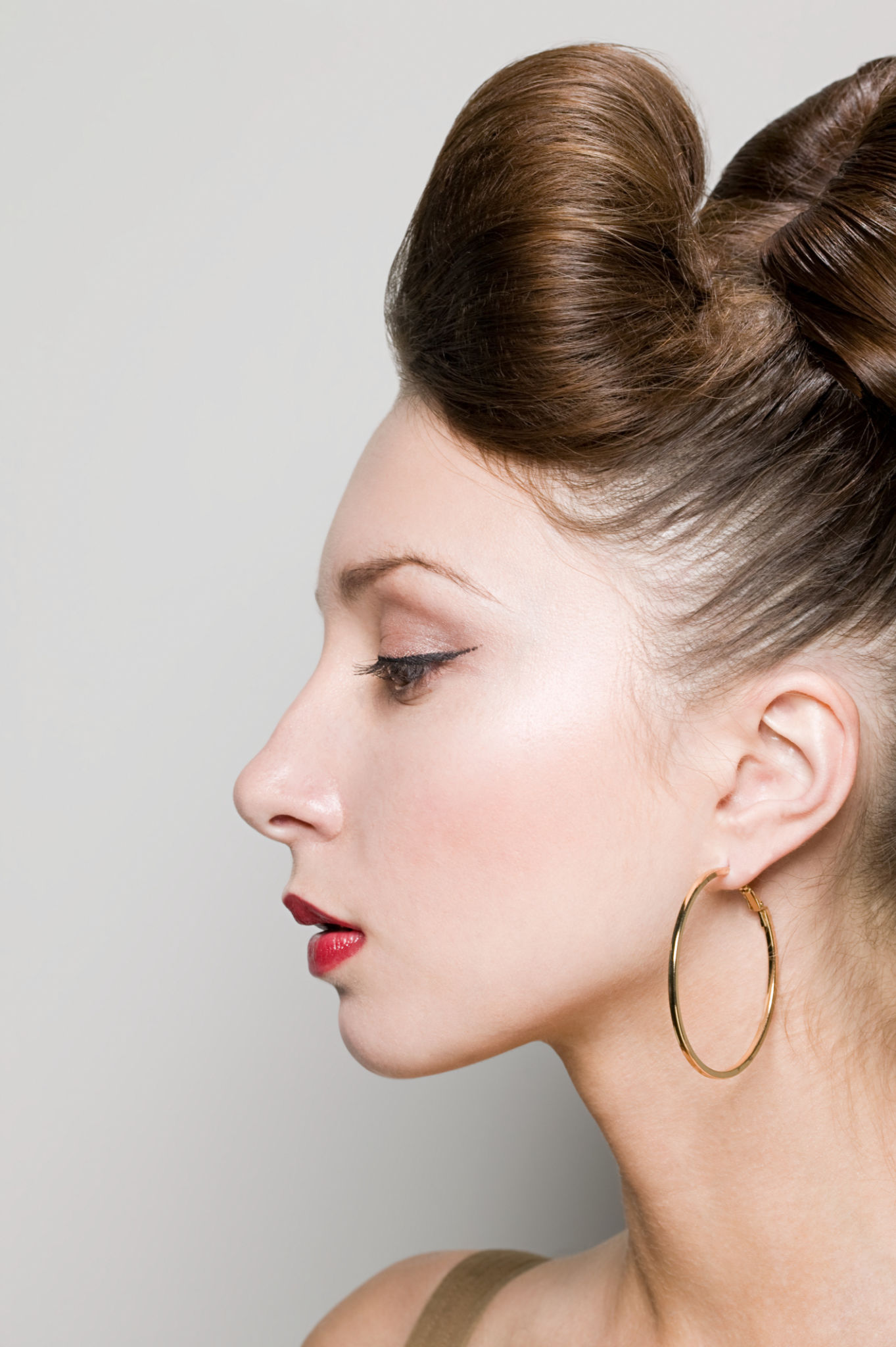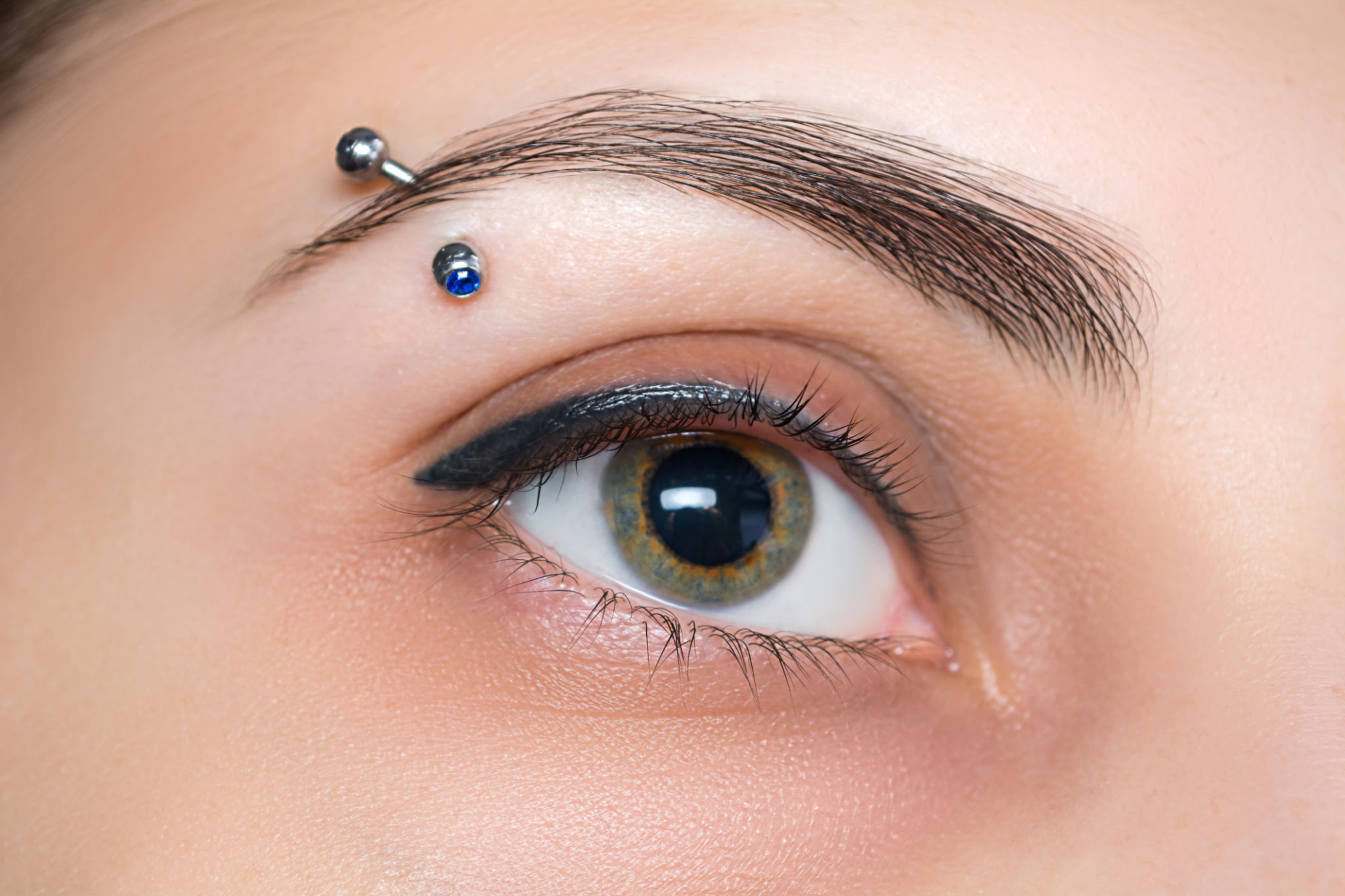How to Care for a New Piercing: FAQs Answered by Lunchboxx Experts
Introduction to Piercing Aftercare
Getting a new piercing can be an exciting experience, but it also requires proper care to ensure it heals correctly. Whether you’ve pierced your ears, nose, or another body part, following the right aftercare routine is essential. At Lunchboxx, our experts have compiled a comprehensive guide to help you navigate the healing process with ease.

Initial Care Instructions
Immediately after getting your piercing, it's crucial to follow specific steps to minimize the risk of infection. Here's what you should do:
- Keep it clean: Use a saline solution to clean the piercing twice daily. Avoid using alcohol or hydrogen peroxide, as these can irritate the skin.
- Hands off: Refrain from touching or twisting the jewelry unless you're cleaning it. Your hands may carry bacteria that can lead to infection.
- Avoid swimming: Steer clear of pools, hot tubs, and natural bodies of water for at least two weeks.
Dealing with Discomfort
Some discomfort is normal during the healing process, but there are ways to manage it effectively:
- Reduce swelling: Apply a cold compress to the area for no more than 10 minutes to help reduce swelling and discomfort.
- Pain management: Over-the-counter pain relievers like ibuprofen can help alleviate pain and reduce inflammation.

Signs of Infection
It's essential to recognize the signs of infection early to prevent complications. Watch out for these symptoms:
- Persistent redness: Some redness is normal, but if it persists or worsens, it could indicate an infection.
- Pus or discharge: While some clear fluid is typical, yellow or green discharge is a warning sign.
- Fever or chills: These symptoms may suggest a more severe infection that requires medical attention.
When to Seek Professional Help
If you suspect an infection or experience any concerning symptoms, it's important to seek professional help. Our Lunchboxx experts recommend contacting your piercer or a healthcare provider if you experience:
- Severe pain: Pain that doesn't improve with over-the-counter medication.
- Jewelry rejection: If your body pushes the jewelry out, it may need professional assessment.

Long-term Care Tips
Caring for your piercing doesn't stop after the initial healing stage. Here are some tips for maintaining healthy piercings long-term:
- Avoid heavy products: Steer clear of lotions and perfumes around the piercing site to prevent irritation.
- Change jewelry safely: Wait until your piercing is fully healed before changing jewelry, and ensure it's done hygienically.
Frequently Asked Questions
Here are answers to some common questions about piercing care from our Lunchboxx experts:
- How long does it take for a piercing to heal? The healing time varies depending on the type of piercing. Ear lobes typically heal in 6-8 weeks, while cartilage piercings can take several months.
- Can I remove my jewelry during healing? It's best to keep the jewelry in place until the piercing is fully healed to prevent it from closing.
Conclusion
Caring for a new piercing requires diligence and patience. By following these expert guidelines from Lunchboxx, you can ensure a smooth healing process and enjoy your new piercing without complications. Remember, if you ever have concerns, don't hesitate to reach out to a professional for advice.

